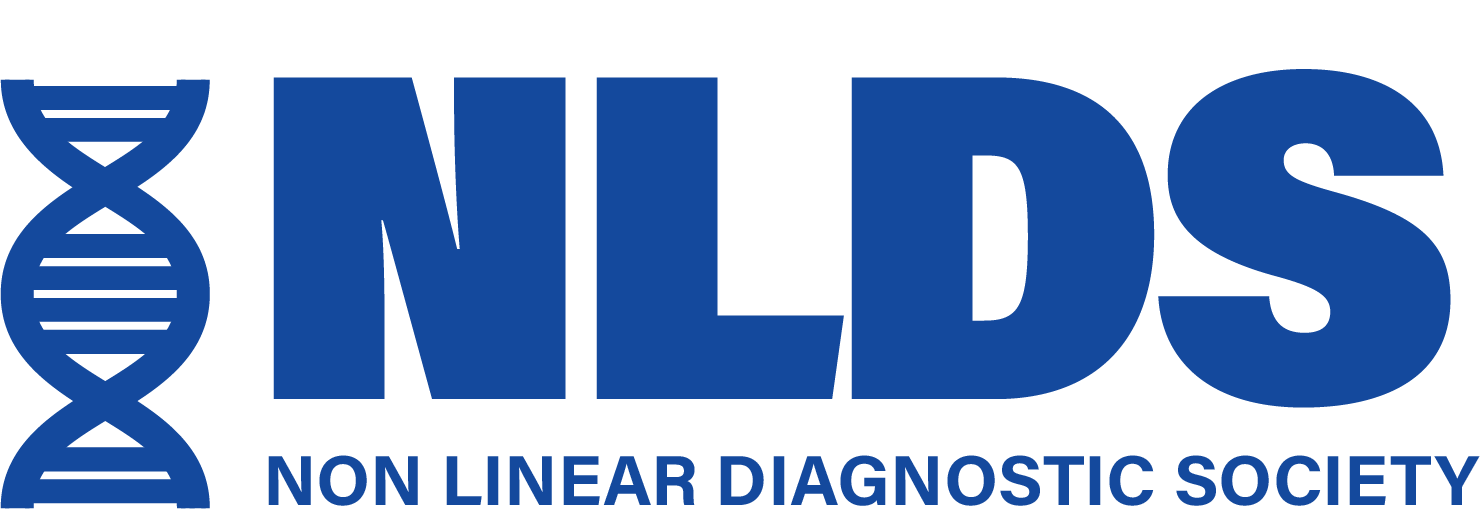Using Metatron Blue Opal to More Accurately Differentiate Patient Pathology; Gall Bladder Pain
Right Abdominal Pain
Biofilm Analysis and Localization of Nidus of Pathological Process
Patient 1
Half of the Gallbladder is sectioned to show internal function, using “virtual-surgery” mode. The black squares depict the area of pathology in the fundus.
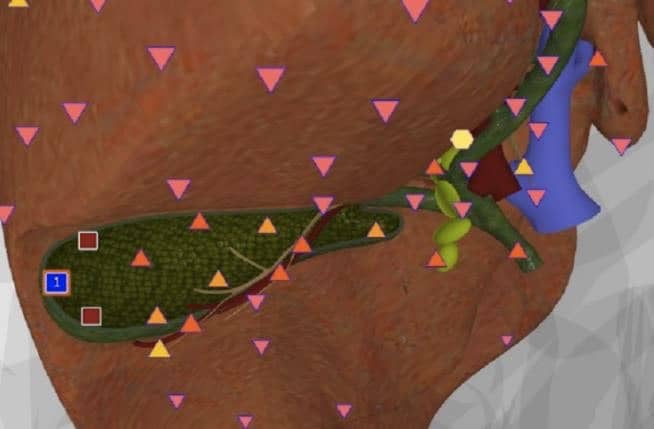
Patient 2
Veins, arteries, lymph nodes and nerves are quickly removed via “4D Visualization” function to clearly show bile duct pathology (black squares).

Patient 1

Patient 2

Post scan, a “smart report” was executed in which the Metatron A.I. accurately analyzed the scan data, isolated the nidi of the pathological areas (shown by red squares), and added the images to the final Doctor report. Patient 1 had done traditional medical scans showing the same location of pathology.
Patient 1
Histological Level. The circled white numbers indicate Pathogen Analysis was done.
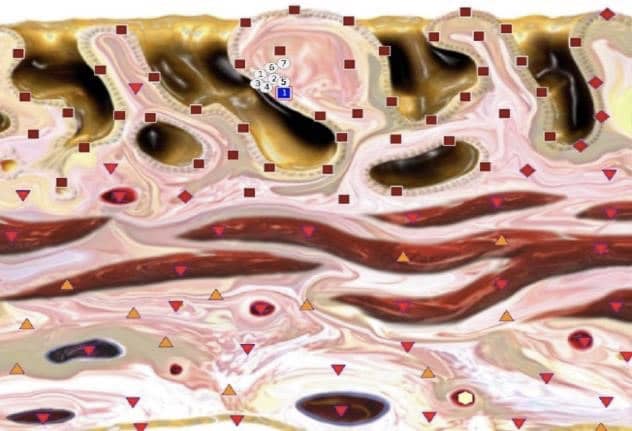
Patient 2
Cytological Level and on to further genetic levels (not shown)
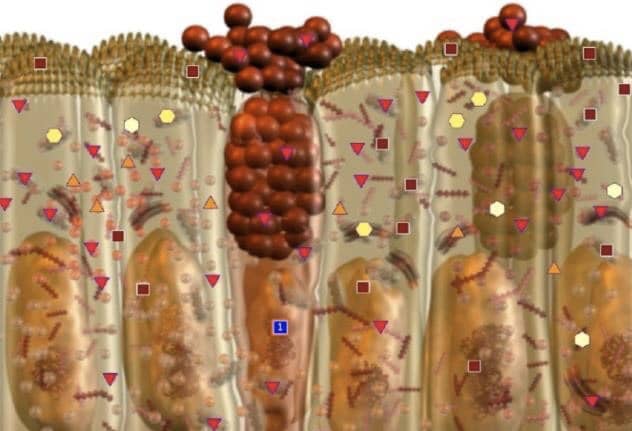
Genetic analysis: Both patients
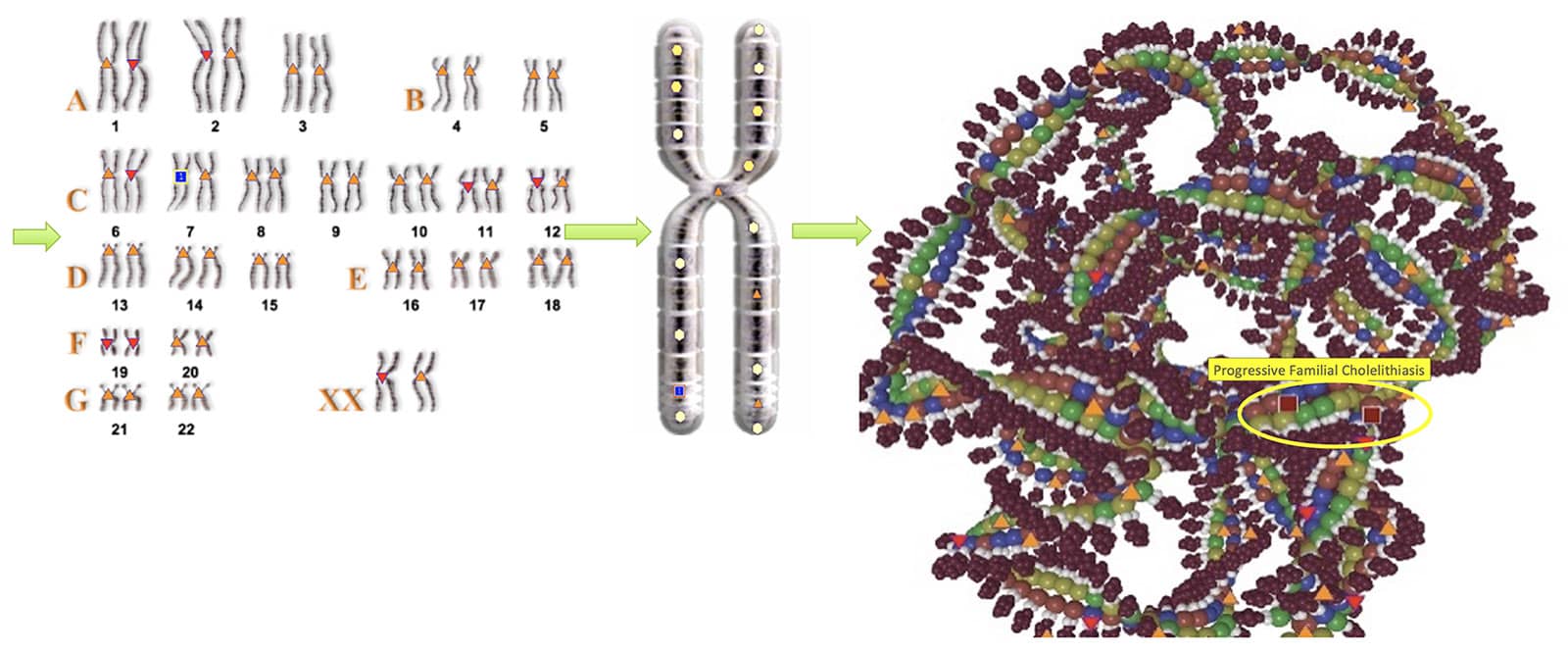
Fig. 5: Three levels of Genetic Analysis finishing at a DNA model indicating a genetic condition of Progressive Familial Cholelithiasis
MICROORGANISM ANALYSIS
Patient 1 Organisms (17 Clinically Significant Organisms): Absidia Corymbifera fungus, Hepatitis A virus, Necator Americanus worm, Enterococcus Faecium bacteria. The yellow hexagon shapes indicate the organisms are optimally functioning without resistance from the host immune system.
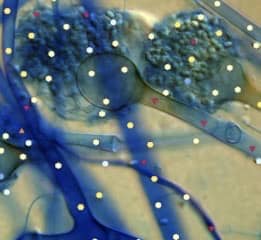
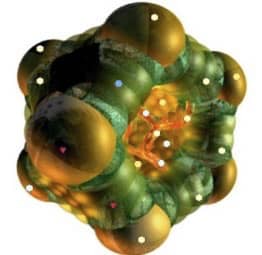

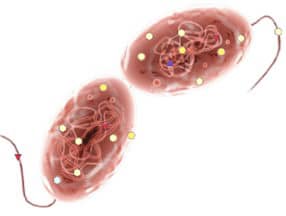
GALLBLADDER STUDY CONCLUSION
- Patient 1- Long-term gallstones diagnosed through standard medical means
- Patient 2- Family history of gallstones and intermittent chronic pain in the gallbladder region
- Treatment plan- 10 Glytamin Suppositories followed by gallbladder flushes
- Results: Patent 1 no improvement. Physical symptoms and scan results
- Results: Patient 2 had complete remission of symptoms as well as resolution of Metatron pathology
- For consideration- The scan results provide a number of clues to the severeness of the condition and offer insight into appropriate therapies and treatment
- Patient 1 – 17 significantly strong organisms with all types found, Bacteria, Virus, Fungus, Helminth and Amoeba. Immune System not fighting them. Abnormal Finding. Despite Antibiotics, Gall Bladder flushes, Suppositories, Diet Changes this finding didn’t change much.
PATIENT OUTCOMES (KEY FINDINGS)
In both cases, Metatron diagnosed the disease condition “calculus cholecystitis” and the genetic condition “progressive familial cholelithiasis.” Why did patient 1 not respond? Metatron produces such a relevant amount of data that you can analyze this question from several angles. Was it their pathogen amount (17 vs 6) and type? Was it the location of their pathology? Was it the fact that Patient 1’s cystic and hepatic ducts deviated much further from their ideal states (measured with the
“virtual model of organs” program)? Was it her higher correlation with the
symptoms of “cholesterol metabolism abnormality” and “dysfunctional
abnormalities of gallbladder”? Through these analysis methods patients can finally be highly individualized to achieve better patient outcomes. In Patient 1’s case, the disease was so progressed at the time of discovery she was probably better off pursuing surgery. Regular Metatron scans at an earlier stage of life and disease progression would have avoided this outcome.
